Activities
Social Events
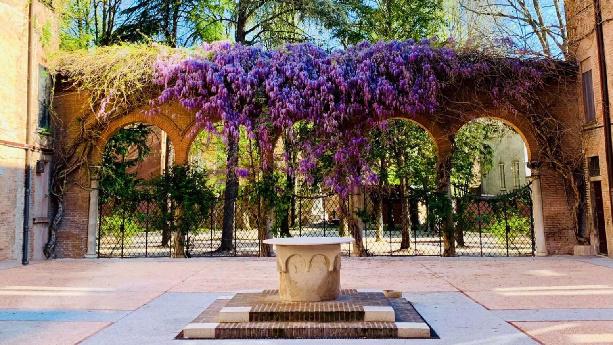
Icebreaker
PALAZZO ROVERELLA GARDEN
(Corso della Giovecca 47, 44121 Ferrara – Italy)
Monday, July 1 – from 18:00 to 21:00

Welcome dinner
SANTA MARIA DELLE GRAZIE CLOISTER
(Via Mortara 70, 44121 Ferrara – Italy)
Tuesday, July 2 – from 20:00 to 23:00

Farewell dinner
TEATRO COMUNALE DI FERRARA
(Corso Martiri della Libertà 5, 44121 Ferrara – Italy)
Wednesday, July 3 – from 20:00 to 23:00
Technical and Cultural Visits
The registration to WDSA-CCWI 2024 Conference includes the possibility to participate to one of the three Technical and Cultural Visits organized to offer a glimpse of Ferrara and its territory.
Please note that:
- Conference attendees can register to Technical and Cultural Visits during Conference registration procedure (from March 1, 2024);
- Technical and Cultural Visits will take place on Friday Jul. 5, 2024 in the morning. It will be possible to attend only one of them.
- Programme of the Technical and Cultural visits will be confirmed at a later stage.
Pontelagoscuro potabilization water plant

The Pontelagoscuro potabilization water plant is managed by the water utility Hera S.p.A. and it is located in the municipality of Ferrara. The plant treats surface water from the Po River and groundwater withdrawn from the Po River floodplain area through a well field, for a total plant capacity of 1,400 L/s. The water treated by the Pontelagoscuro potabilization plant supplies nine different Municipalities for a total of about 240,000 citizens. Drinking water is then supplied through a water distribution network including over 1,500 km of pipelines.
To make water drinkable, the plant includes several treatments, from simple disinfection to more complex operations, such as traditional “activated sludge” systems or the most innovative “membrane treatments”. Treatments are continuously evolving to ensure that they are in line with changes in national and European legislation, advances in scientific knowledge, innovations in system engineering and ongoing improvements of analysis techniques to support quality control.
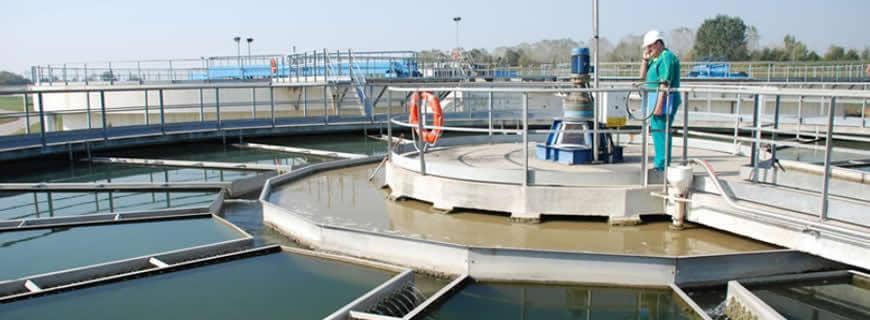
Pumping stations of the Land Reclamation Agency in Ferrara

Ferrara’s Land Reclamation Agency is a public institution the main tasks of which are land irrigation and water drainage of the large area located between the city of Ferrara, the Po River delta, and the Adriatic Sea. This large area is characterised by a flat territory, with very limited slopes and elevations hardly rising above sea level. Therefore, rainwater runoff is artificially regulated by means of a complex network of canals and drainage systems that converge in pumping stations which lift the drained waters and discharge them to the sea.
The peculiar features of this area are the main reason behind the ancient origins of land reclamation activity: started during the Este period, it reached its peak in the 18th Century thanks to the application of steam engines for water pumping. Nowadays, Ferrara’s Land Reclamation Agency manages 4,241 km of channels and 168 pumping plants. This complex infrastructure – which represents the strong relationship between Ferrara and water – is preserved by the constant work of technicians and practitioners, aimed at transforming uncultivated and marshy land and ensuring the safeguard of the territory.
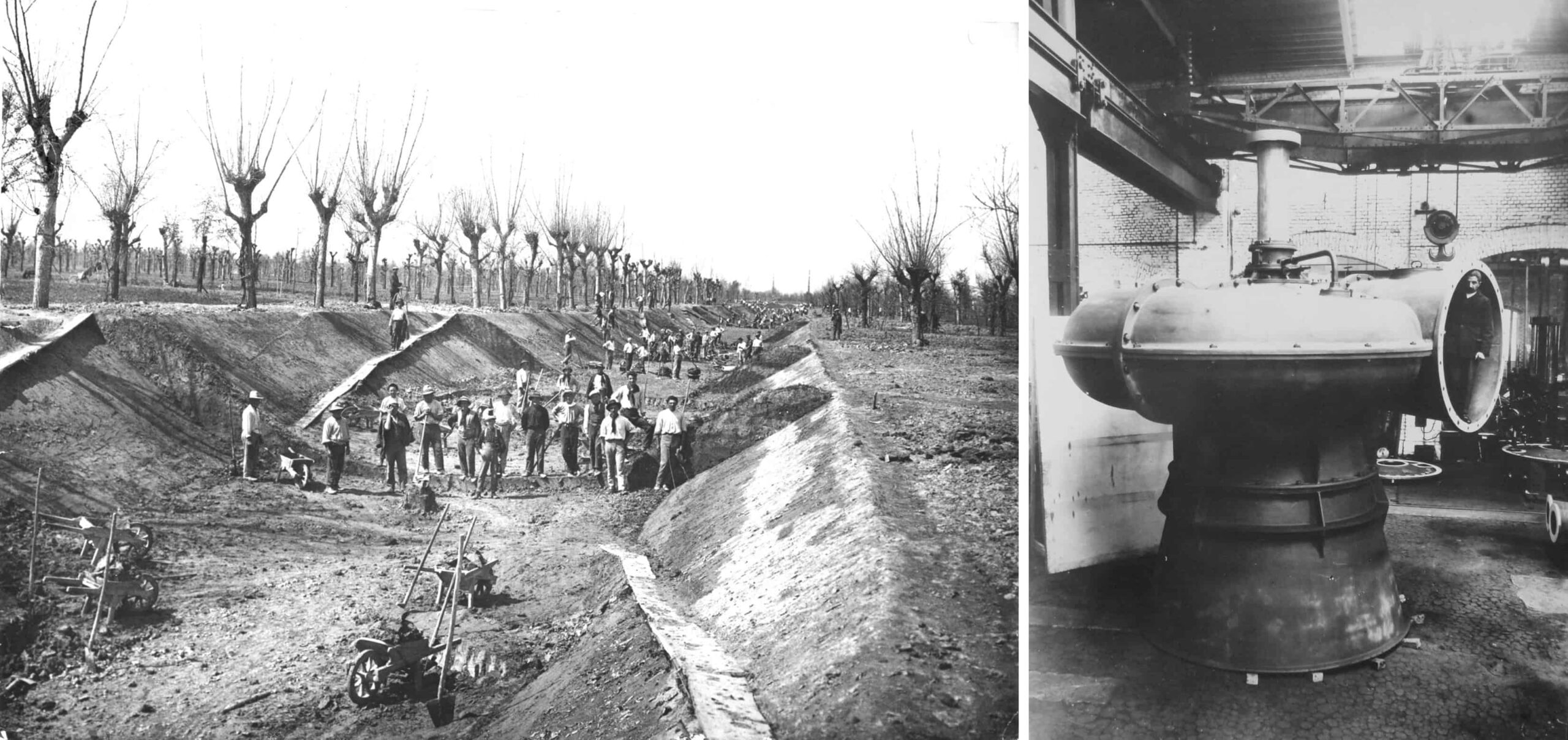
Ferrara city centre
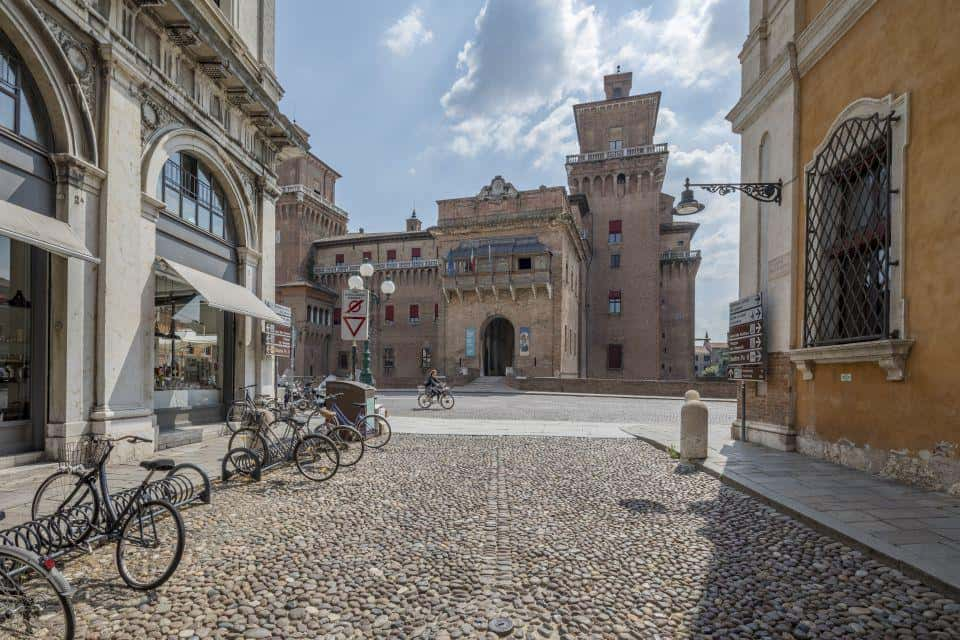
Ferrara, part of the UNESCO World Heritage since 1995, was one of the most important European capitals during the Renaissance period, the age of splendour of the Estense court. The Este family governed the city for three centuries and gave the city the appearance it has today: a uniquely planned city, harmoniously fusing Medieval and Renaissance architecture, making Ferrara the first case of modern city in Europe.
Nowadays, Ferrara is a dynamic town, rich in cultural activities and hosting one of the oldest universities in the world – dated 1391 – where important researchers such as Niccolò Copernico studied. The friendly city size allows reaching different places on foot or by bike, surrounded by an ancient atmosphere that still emerges along its streets, where many medieval and renaissance buildings – such as the Este Castle, Saint George’s Cathedral and the nearly complete ring of walls – can be seen.
The itinerary will begin in the inner courtyard of the Este Castle and will wind through both the Renaissance and Medieval areas of the city. This will be an opportunity to tell the story of Ferrara as a city of water and canals: for a long time, the city was a lively center of port activities and a docking point for ships and boats. Water has always been essential for establishing commercial and strategic relationships throughout the Renaissance, a strong connection still evoked by the name of the ancient streets.
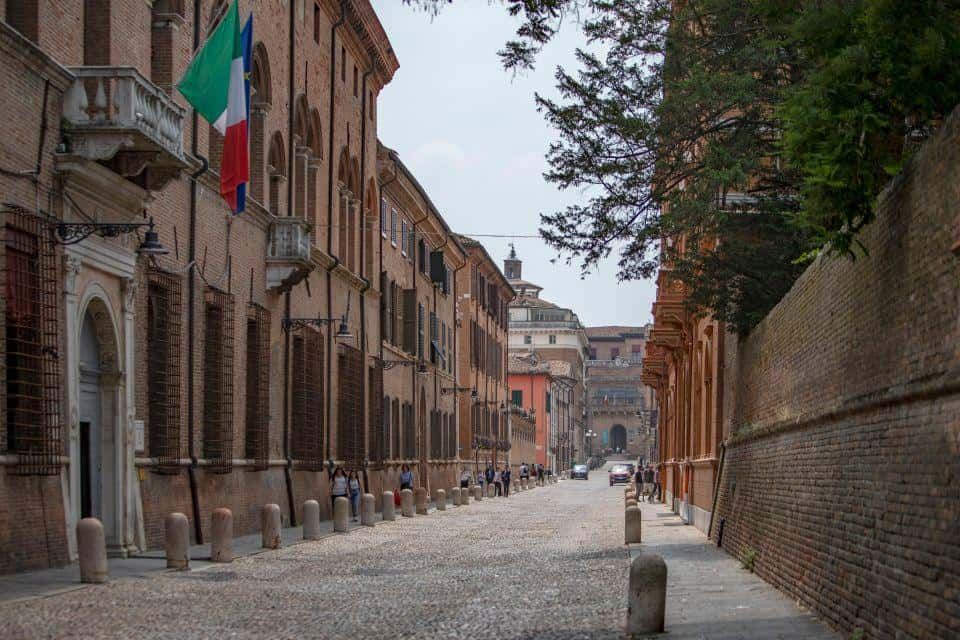

The WDSA/CCWI Joint Conference